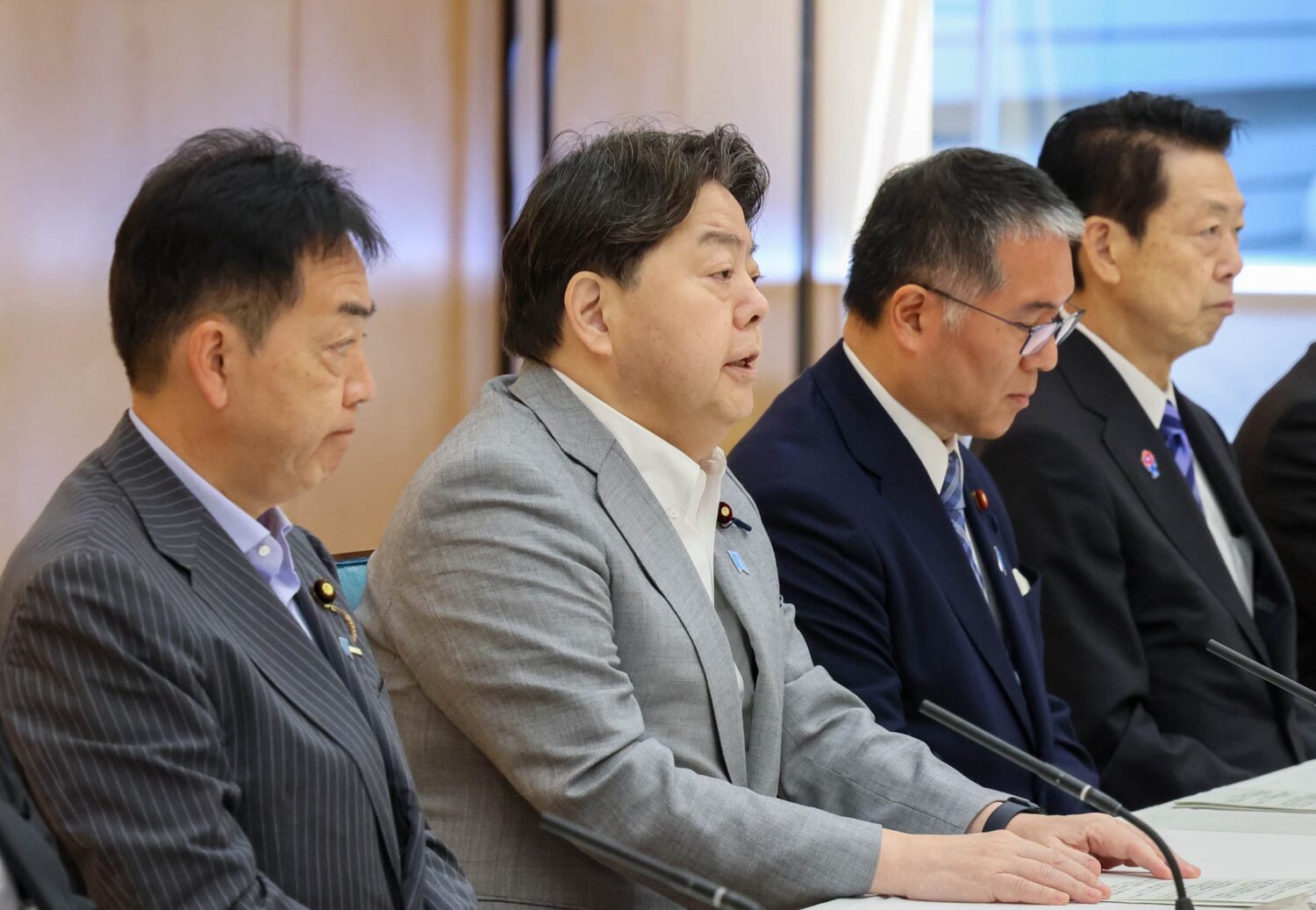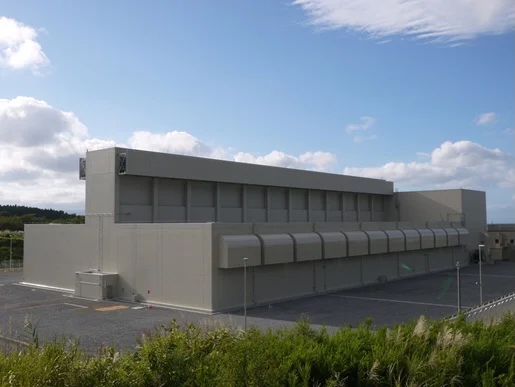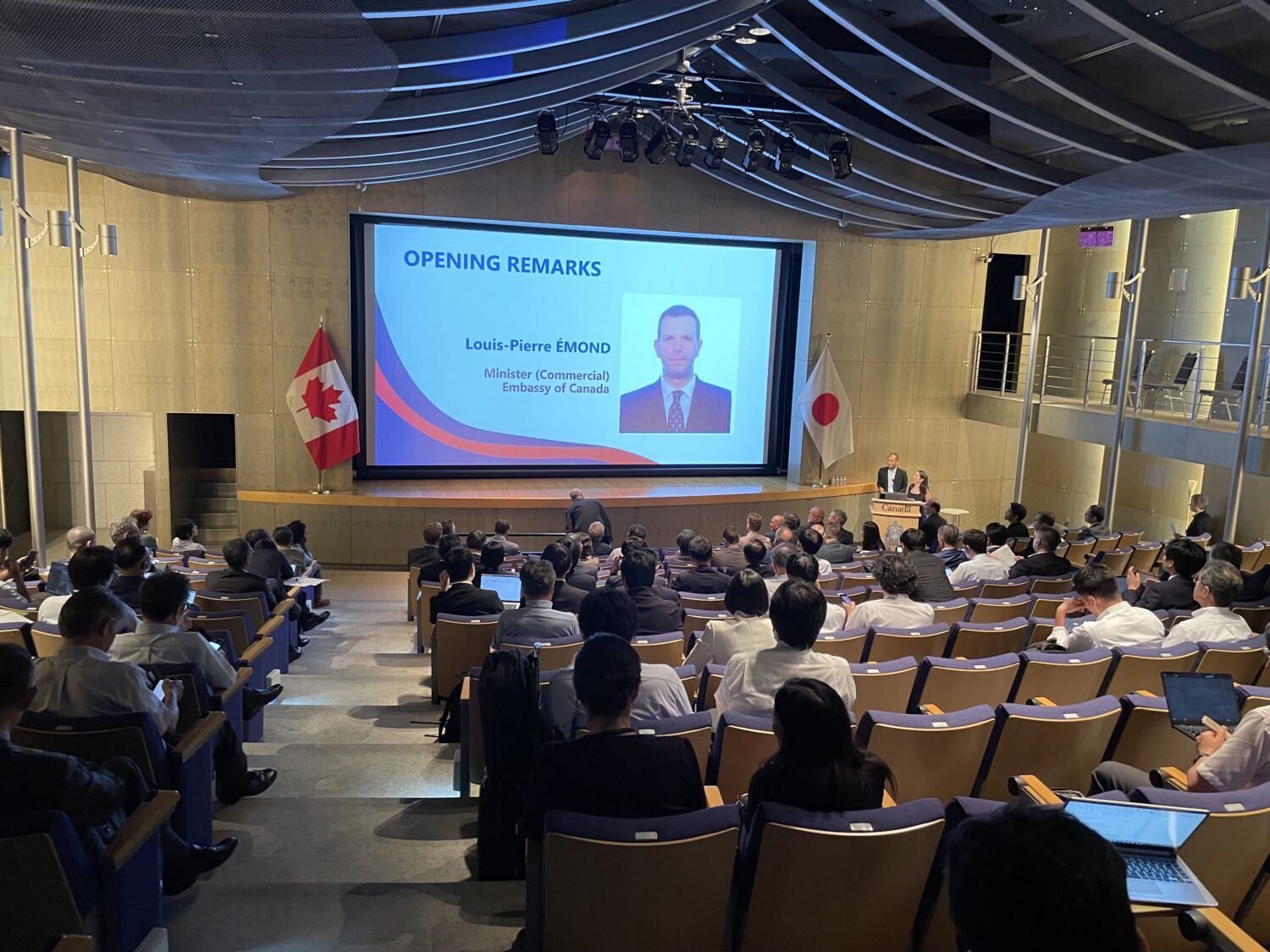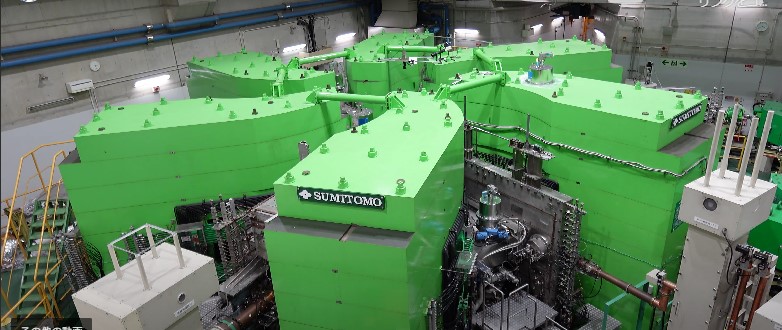Since the NDF was reorganized in August 2014 — when it was given additional decommissioning-related responsibilities — its decommissioning technical committee has been considering various methods, processes and priorities in a strategic plan and action plans in three areas: (1) the removal of fuel debris, (2) waste measures, and (3) stopping flows of water into reactor buildings.
Those will be reflected in revisions to the government’s medium-term and long-term roadmap towards the decommissioning of Fukushima Daiichi Units 1-4.
Focusing on the five basic concepts of safety, certainty, rationality, swiftness and on-site practicality in reducing risk, the draft strategic plan covers removal of fuel debris and waste measures.
In its decommissioning of Fukushima Daiichi, the Tokyo Electric Power Co. (TEPCO) will need to continue efforts to reduce risks to people and the environment from radioactive materials resulting from the severe accident of March 2011.
In the plan, several major sources of risk have been identified at the site, including contaminated water, fuel stored in the spent fuel pools, fuel debris in the reactor containment vessels, and secondary waste generated by water treatment.
Risk assessments are then done for all sources of risk, with priorities being assigned, and a risk reduction strategy is presented toward issuance of policies to deal with them.
TEPCO will attempt three methods to remove the fuel debris in the following order:
- Water-covered, with removal of fuel debris from the upper part of the containment vessel (CV)
- Uncovered with removal from the upper part of the CV
- Uncovered with removal from the side of the CV
In the first method, TEPCO will fill the CV with water and remove the fuel debris in the water. The advantages of this method include cooling of the fuel debris, radiation shielding, and prevention of radioactive dust from scattering. Potential issues, on the other hand, include keeping the water within the CV, as well as seismic safety and control of criticality.
Meanwhile, in the two uncovered methods, debris is to be removed either from the top or the side (on the 1st floor of the reactor building) — both are options if filling the CV with water proves to be impossible. Potential issues include the scattering of radioactive dust and a lack of radiation shielding.
As for measures to control waste, the power company plans to reduce its volume by thoroughly controlling the amount brought into the Fukushima Daiichi site, and by the reuse of the waste there. Additionally, it will scrutinize the generation of secondary waste.
In its management of storage, TEPCO will use limited premises more efficiently and deal with the waste systematically based on its predicted generation from the decommissioning work.
In addition, at the April 9 council meeting, TEPCO reported on the status of comprehensive inspections for risks that may affect areas beyond the Fukushima Daiichi premises. The power company has been conducting them since contaminated water started leaking to the sea through drainage channels.












